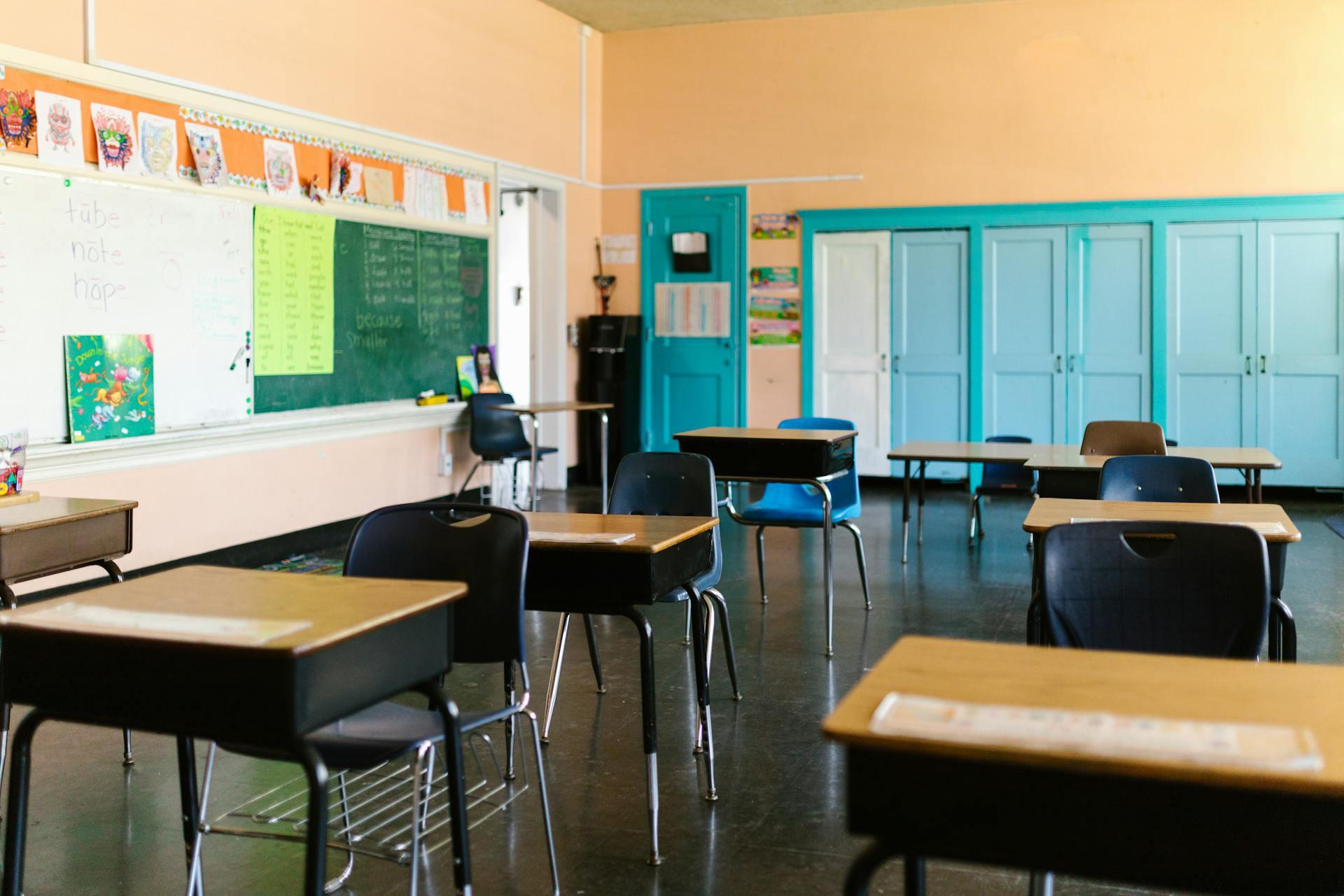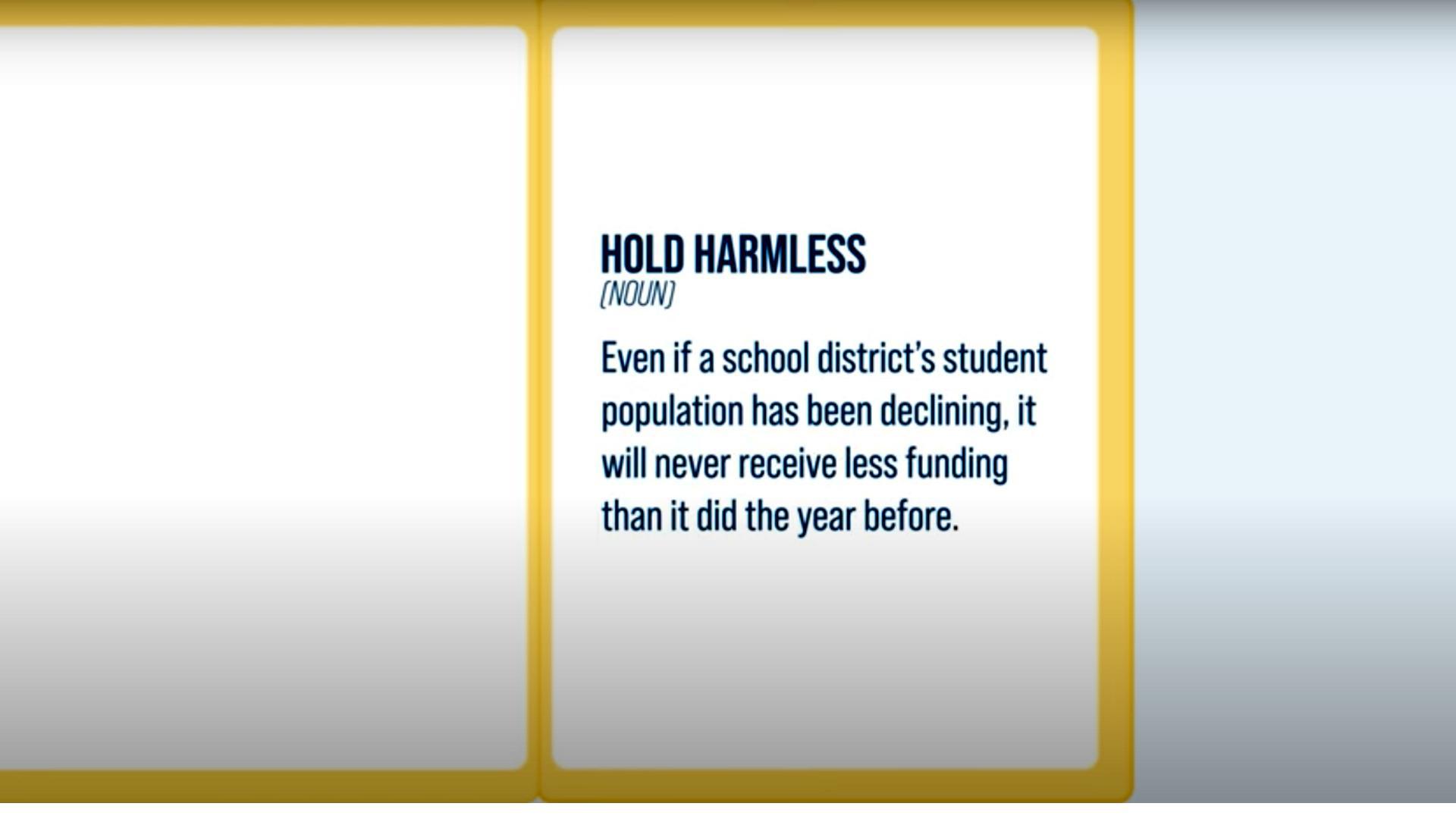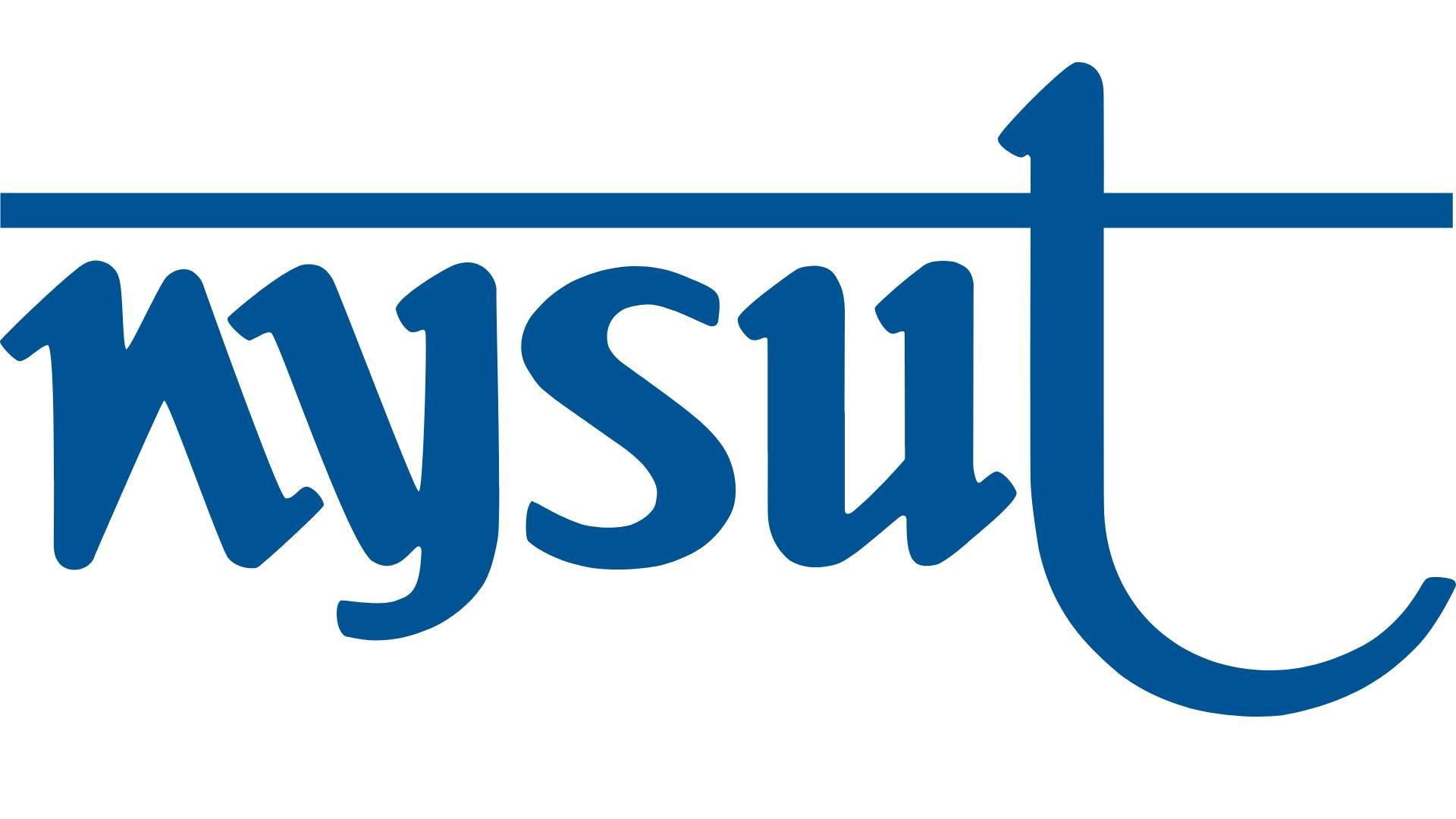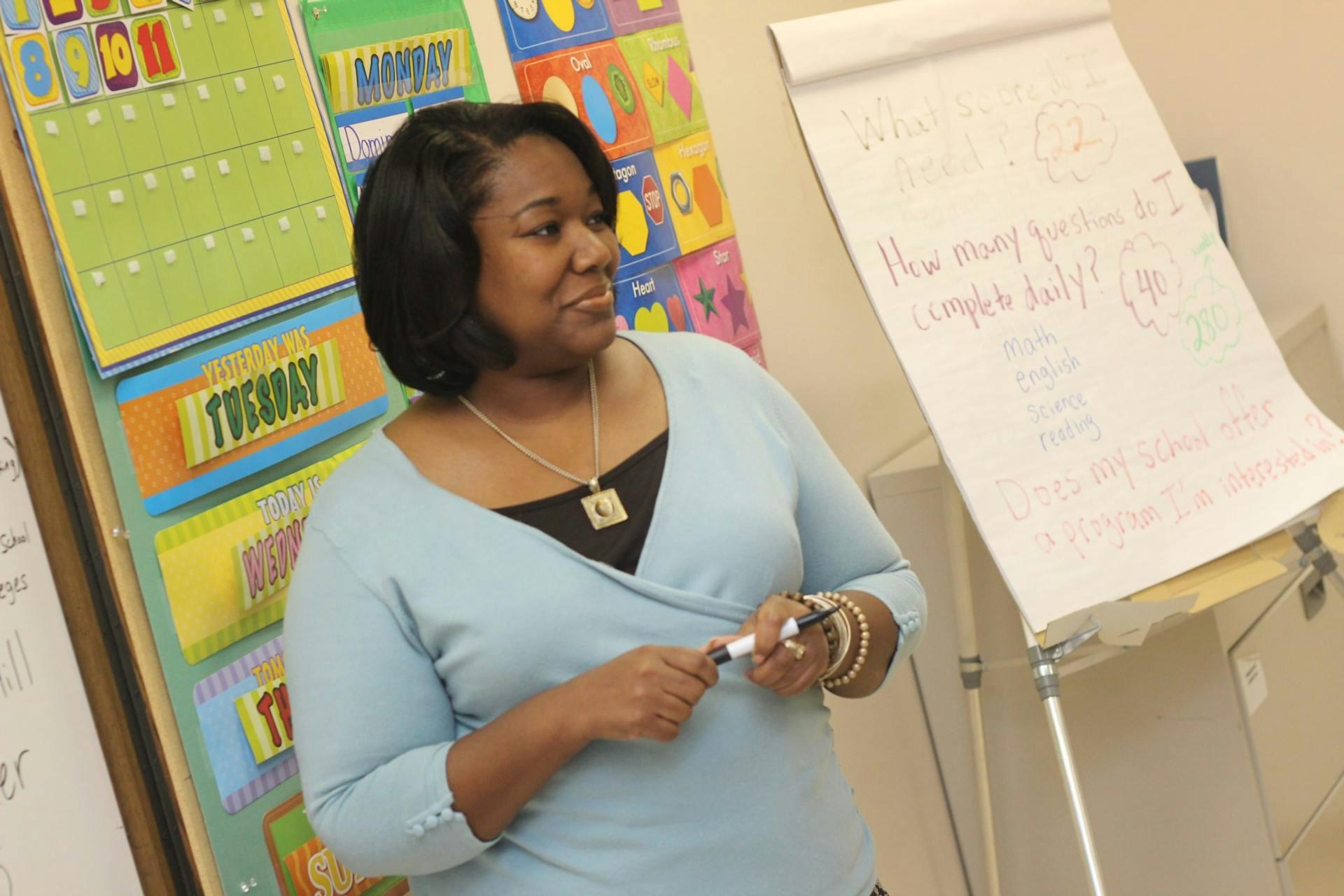New York Governor Kathy Hochul’s proposing to increase funding for public schools by $825 million. But her proposal comes with a change in law that’s angering many people, teachers included.
Gov. Hochul’s proposition would ensure that schools with less students get less funding than schools with plenty of students. But the change is off to an extremely rocky start.
The Students Aren’t There

The governor is justifiably asking, “Why are we funding a program for kids who aren’t there?” That makes sense.
Public school enrollment in New York dropped by 180,000 from 2002 to 2020. During the pandemic era alone, public schools lost another 160,000 students. It’s logical to think that schools with fewer students shouldn’t get as much funding as other schools with more students.
Using Taxpayers’ Money

The thing is, a research by New Reason Foundation already questioned New York’s public schools’ use of the taxpayer’s money.
According to the study, between 2002 and 2020, before the federal government infused aid for schools, New York led in inflation-adjusted public school spending. It went from $18,054 per student to $30,723.
Benefits Spending

That’s because, despite losing students by 6%, New York public schools still added thousands of new staff.
Instead of funding children’s education, taxpayer money paid for employee benefits, including pensions and health insurance. From 2002 to 2020, education-benefit spending in New York grew by 141%. The cost is equivalent to $7,000 per student.
More Equitable Funding

What Gov. Hochul really wants is to fund schools in a more equitable manner without raising taxes.
Reducing spending, she said, are not cuts. She simply stated a reduction is simply lowering the rate of increase that the schools would have received. After all, with her $825 million-budget increase, schools are already getting more.
“Hold Harmless”

There’s a particular law the governor is targeting. It’s called “hold harmless,” which means, despite fewer students, a school would still get the same funding.
Hochul questioned why the wealthier schools in her state are holding millions of dollars in reserves. “One would think that could be used to reduce property taxes. But it’s still being held in reserves,” she said last January.
Critics and Naysayers

But Hochul’s critics are vocal. Some of the education community believe that the governor’s proposal is “backtracking” and breaking her promise.
The New York State United Teachers union accused her of reneging on the state’s settlement over a 2006 court order that said billions more should be allocated to schools to address inequities in the education system.
Union Opinion

NYSUT’s President Melinda Person deduced that Hochul’s proposal now cuts the foundation aid budget by $400 million.
Person stated, “We’ve been celebrating the fact that the governor fully funded foundation aid for the last year. And so it’s really disappointing to see that we’re back again having to have this conversation about insisting that we keep the promise to our schools, to fund schools.”
Not in Recession

Although the teachers union would be willing to work on the foundation aid formula restructure due to lower enrollments, the time is not right for any reductions.
After all, Person said, “We are not in a recession.” She called the cuts “unnecessary” during a time where schools should be addressing learning loss and recovery from the pandemic.
Poor Grades

Meanwhile, New York has a poor grade in producing quality education. Test scores from the National Assessment of Education Progress assessments from 2003 to 2019 showed New York remained in the bottom half of states in reading and math.
Fourth and eighth grade reading scores fell. Low-income fourth graders in New York are only 41st in math among other states with less funding for public schools like Arkansas and Georgia. It just goes to show that funding doesn’t guarantee top results.
Florida’s Example

Should New York be more like Florida, then? Florida parents who are dissatisfied with their kids’ public school education can take their funding to a private school. This is part of the state’s school choice program.
Florida’s open-enrollment policy allows parents to enroll their kids in any public school, including 700-plus charter schools. Meanwhile, NY restricts open enrollment through its laws (there’s one limiting the number of charter schools in the state). The state also allows public schools to charge tuition to transfer students, giving rich suburban public schools an “out” from accepting low-income transfer students.
Students At a Disadvantage

It’s clear that the one receiving the biggest disadvantage right now is the students.
Their teachers may argue that Hochul’s proposed cuts will put the foundation at risk, but the reality is they’re not getting the education they deserve. When 57% of public school grads are not ready for college, it does beg an explanation for where all the funds went.
